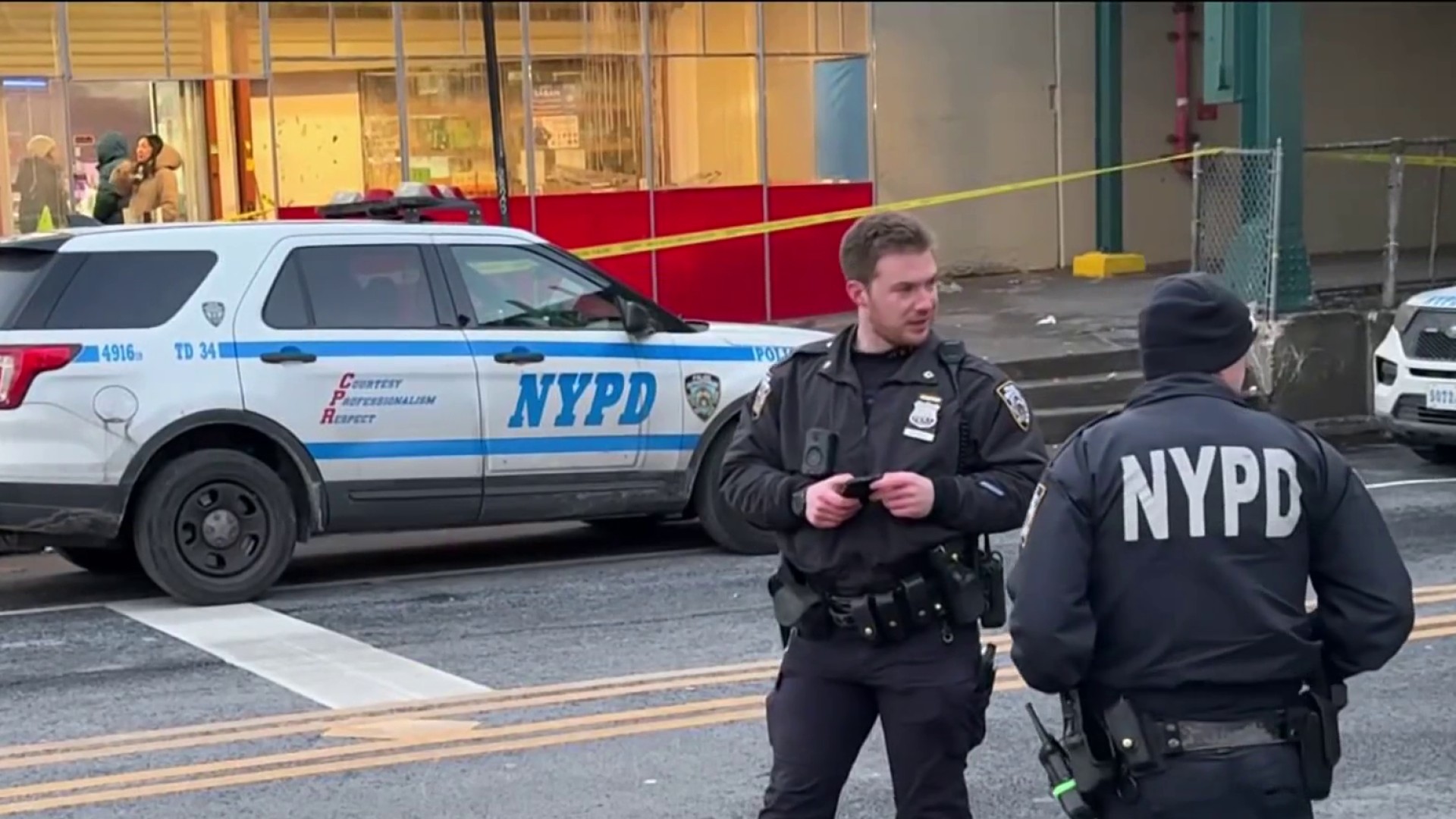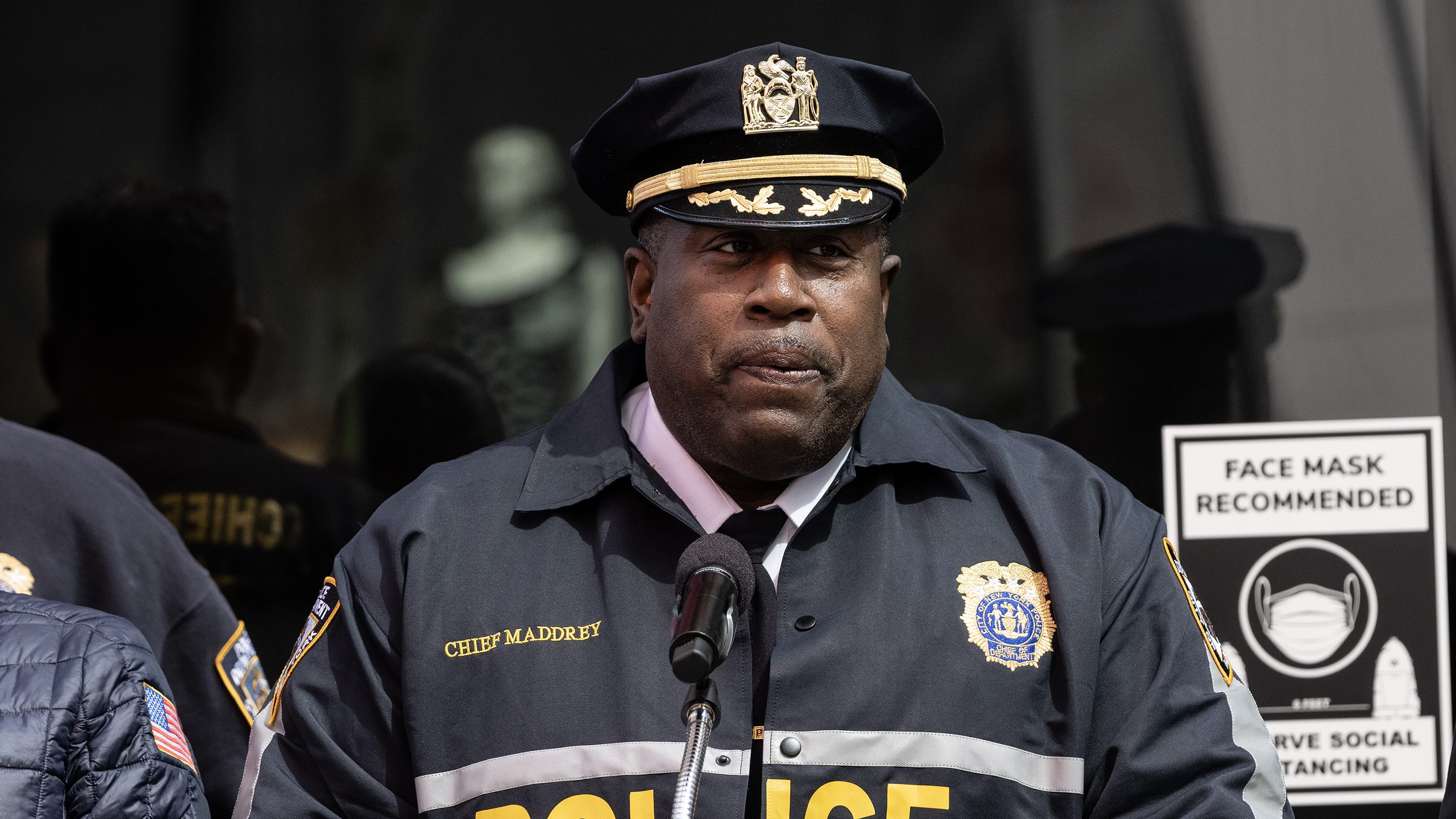New York City’s West Indian American Day Parade kicked off Monday with thousands of revelers dancing and marching through Brooklyn in one of the world’s largest celebrations of Caribbean culture.
The annual Labor Day event, now in its 57th year, turns the borough’s Eastern Parkway into a kaleidoscope of feather-covered costumes and colorful flags as participants make their way down the thoroughfare alongside floats stacked high with speakers playing soca and reggae music.
The parade routinely attracts huge crowds, who line the almost 2-mile (3.2-kilometer) route that runs from Crown Heights to the Brooklyn Museum. It’s also a popular destination for local politicians, many of whom have West Indian heritage or represent members of the city’s large Caribbean community.
The event has its roots in more traditionally timed, pre-Lent Carnival celebrations started by a Trinidadian immigrant in Manhattan around a century ago, according to the organizers. The festivities were moved to the warmer time of year in the 1940s.
Get Tri-state area news delivered to your inbox.> Sign up for NBC New York's News Headlines newsletter.
Brooklyn, where hundreds of thousands of Caribbean immigrants and their descendants have settled, began hosting the parade in the 1960s.
What is J'Ouvert?
Local
The Labor Day parade is now the culmination of days of carnival events in the city, which includes a steel pan band competition and J’Ouvert, a separate street party commemorating freedom from slavery.
J'Ouvert first began in 1783 by enslaved people in Trinidad who were banned from the masquerade balls of the French.
"A lot of people misunderstand what J'Ouvert is," said Sandra A.M. Bell of Jouvayfest Collective. "It's a living tradition. It's a story of resistance and resilience."



